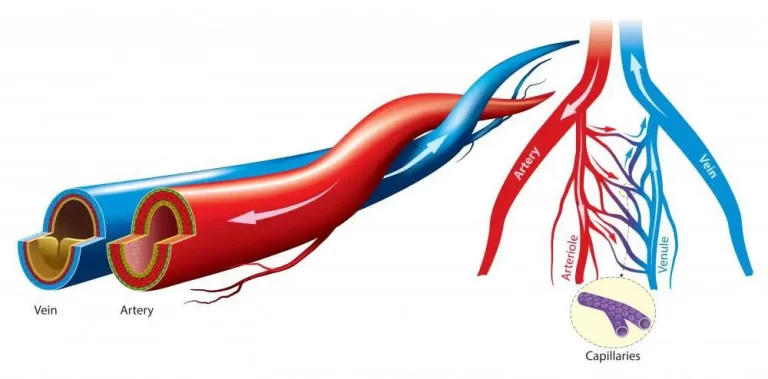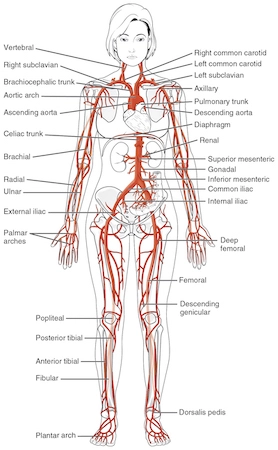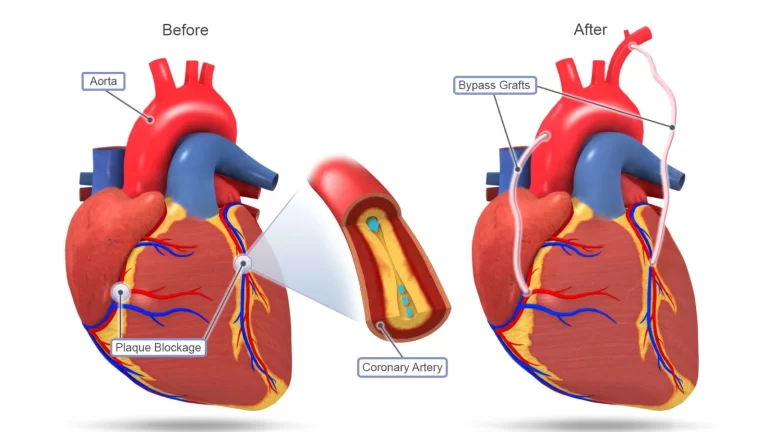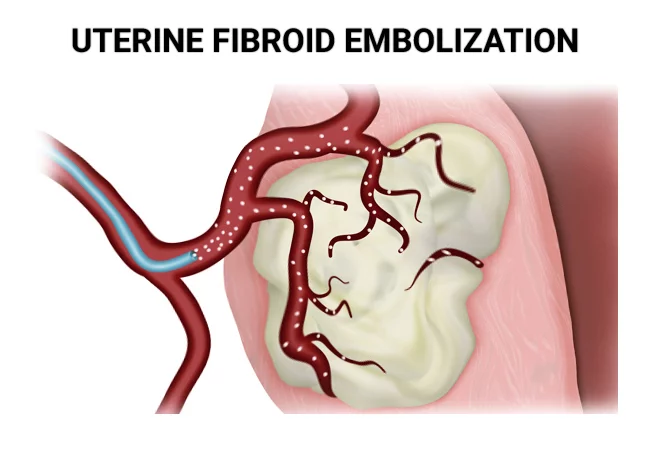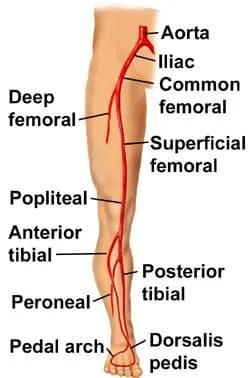Cervical Spine
Introduction The cervical spine is comprised of the initial 7 vertebrae, alluded to as C1-7 (see the pictures underneath). It has the capability to give versatility and soundness to the head while interfacing it with the moderately stationary thoracic spine. The cervical spine might be separated into 2 sections: upper and lower. The cervical spine,…


